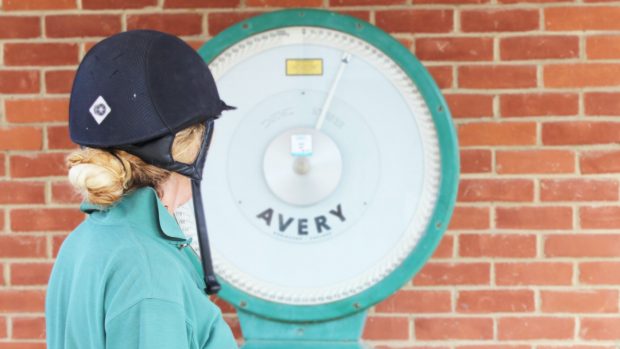The range of practitioners available to help keep equine athletes in tip-top condition is staggering. But who should you turn to first and how can you check their credentials?
Here we find out what to expect and what to look out for when using an equine chiropractor.
What do they do?
A chiropractor focuses on the spine of the horse and its effect on the nervous system. Chiropractic treatment involves the application of high-velocity, low-amplitude thrusts to induce relief in joints, muscles and reflexes. Chiropractors believe that a healthy spine and nerves are essential for the health of the whole body.
When might you need one?
Chiropractors are particularly useful where joint motion is reduced or pain is apparent, for example arthritic joints and back pain.
Randomised-control trials published in the journal Spine have shown that spinal manipulation can reduce back pain, improve flexibility and reduce muscle tension in horses.
Qualification check
The title “chiropractor” can only be used by members of the General Chiropractic Council. Practitioners must first train and qualify as human chiropractors before specialising.
The McTimoney College of Chiropractic teaches a branch of human care that is recognised by the General Chiropractic Council, however students of their animal manipulation course are not trained in chiropractic therapy and may not call themselves chiropractors.
Confusingly, this means that there are McTimoney chiropractors, who may specialise in horses, and McTimoney animal manipulators, who may not practise chiropractic.
To find out about other equine practitioners, inclusing physiotherapist and osteopaths, see 1 November issue of H&H
Read more about back problems
Read more about joint problems



